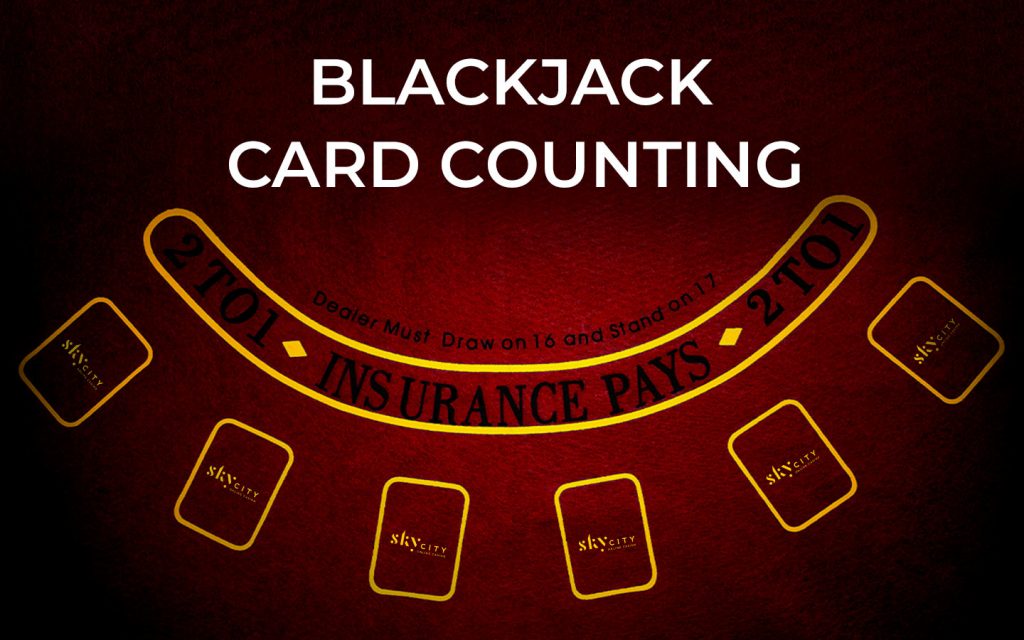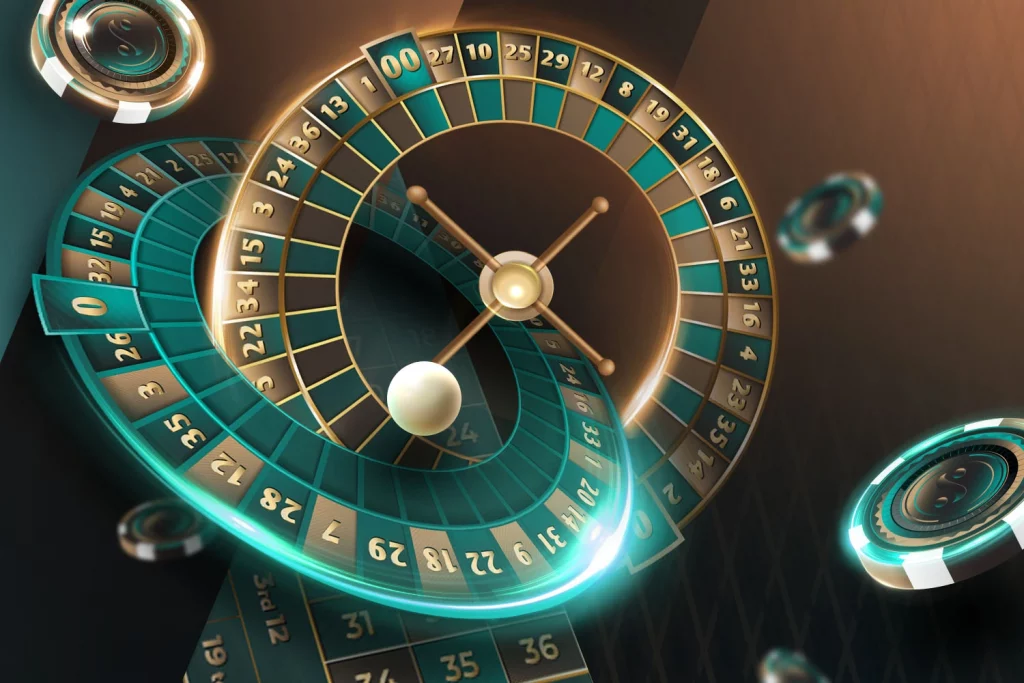The very nature of blackjack means that players have the opportunity to engage strategy and skill, which is never the case with games like Roulette. This is because the house edge in blackjack is (generally) lower than that for any other casino game. Played perfectly, the house edge for Blackjack can be reduced to 0.5%.
Players can bend the odds in their favour by playing in such a way that gives them the maximum edge possible. The best way to try and bring down the House is by learning to count cards.
What is card counting?
Let’s start with the basics. Card counting is a technique that lets blackjack players know when the advantage shifts in their favor. When they find this advantage, they begin to increase their bets. When the advantage shifts back to the dealer the player should make minimum bets or, if possible, no bets at all.
So how does a player know when they have the advantage? This comes down to simple math.
It’s been mathematically proven that high value cards (tens, picture cards, and aces) benefit the player more than the dealer, while the low value cards ( twos through sixes) are more beneficial to the dealer. The remaining cards (sevens, eights, and nines) are considered neutral and don’t really help the player or dealer very much.
Learning to count cards
Learning the technique has less to do with skill, and more to do with memory and attention span. Counters must remain constantly alert. After the dealer shuffles the cards, there’s always an equal number of high and low cards in the deck (even if more than one deck is used).
As the cards are dealt among the players and the dealer himself, the ratio of high to low cards in the undealt cards will change. For example, if more low cards are played, then the remaining undealt cards will contain a bigger number of high value cards. When this happens card counters will bet more because they have a better chance of getting blackjack, closest to 21 or winning double down.
On the other hand, if the count shows that the undealt cards contain a higher concentration of low cards, then the dealer holds the advantage. One thing to remember is that according to casino rules, the dealer is forced to hit on all hands that are 12 through to 16. That means that if there are more low cards in the deck, the dealer is in a good spot to land 17 to 21 hands, decreasing their chances of busting.
How to tag cards
Tagging cards is central to the entire concept of card counting. It enables the player to figure out when the undealt cards are richer in high cards (favouring the players), or in low cards (favouring the dealer).
The most common way to tag cards is as follows:
- Cards 2, 3, 4, 5, 6 count as +1
- Cards 7, 8, 9 count as 0
- Cards 10, J, Q, K, A count as -1
Card counters must watch every card that’s dealt and add the tags for each card. If you weren’t any good at mental math in school, you might need additional practice. Here are the 5 basic rules to keep in mind:
- The count after the shuffle always starts at zero.
- The counter must add the tags of each card in every hand, including the dealer’s hand, until the end of the round.
- If the running count is positive, and depending on how many cards have been played, the counter may have the edge on the next round and should bet more.
- The higher the positive count, and the more cards that have been played, the greater the counter’s edge.
- If the count is negative, there’s no edge, and the counter should bet small in the next round.
The counter continues the process of counting the tags of each card from one round to the next, adjusting bets depending on whether the running count is positive or negative.
Take this as a practical example. The first player is dealt a 3, a 6, and a 10. He stands at 19. The counter would add one (for the 3 card), add another one (for the 6 card) and subtract one (for the 10 card). At this point, his or her running count is +1 (because +1 + (+1) + (‒1) = +1).
Is card counting illegal?
The short answer is that no, card counting is not illegal. This is the case under British law, all federal, state, and local laws in the United States, under New Zealand law and everywhere else in the world. So long as the player uses nothing but their brain (no counting devices or third party assistance) then there’s nothing stopping players from counting cards.
That’s because it’s simply a logical and mathematical exercise, and not cheating. However, the majority of casinos frown upon the practice and try to prevent it, banning players believed to be counters.
This has been a matter of great contention over the decades, and Atlantic City casinos in the US state of New Jersey are forbidden from barring card counters as a result of a New Jersey Supreme Court decision.
So what’s the takeaway? No one can stop you learning to count cards. But there’s a good chance you’ll find yourself banned if land based casinos suspect anything. If this all seems like too much hard work, you’re probably best off playing Blackjack at our Live Casino instead!





